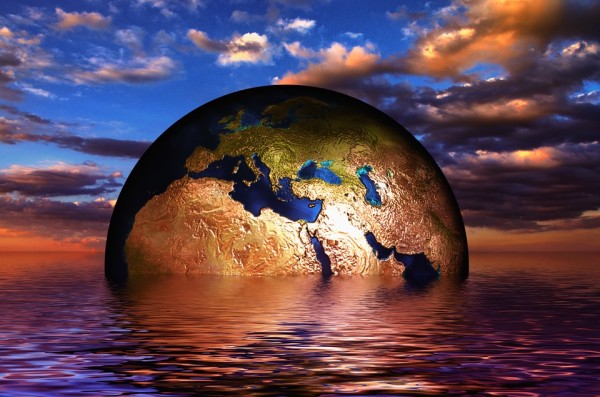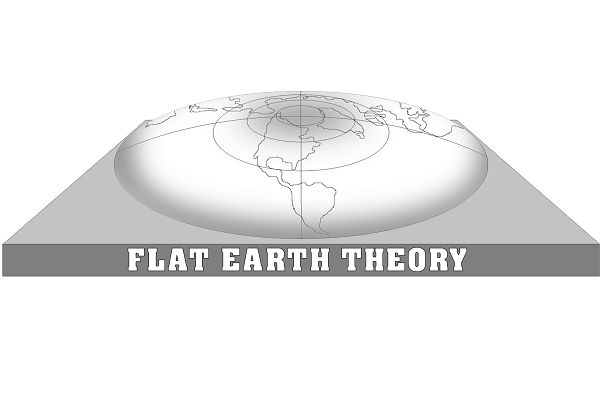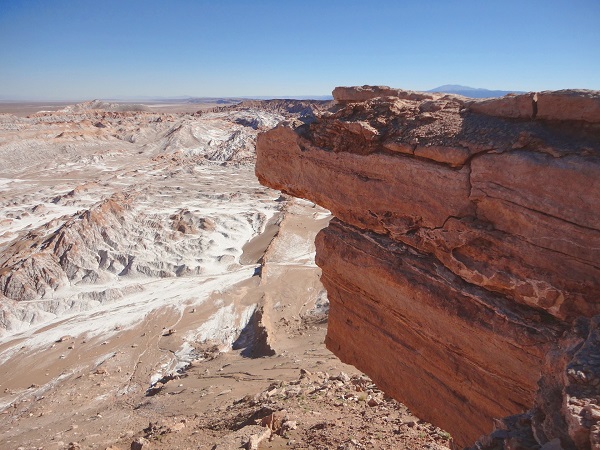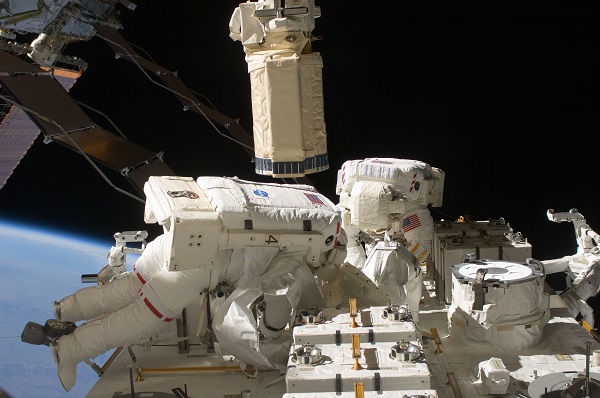
The latest climate report revealed record-breaking temperatures.
The latest climate reports revealed that 2015 is one of the most important years when it comes to global temperatures. Researchers are worried that the climate changes are no longer subtle, with temperatures both in the oceans and on air reaching new limits and sea levels arriving at new historic heights.
The annual surface temperatures overcome the ones confirmed last year. 90 percent of the CO2 inserted in the atmosphere is assimilated by the oceans that also reached record breaking temperatures. The expansion of the oceans is, at the same time, due to melting glaciers. The fastest increase in water level is encountered in the western Pacific and Indian Oceans, with an average of 3.3 mm a year. As they warm, oceans tend to expand, causing the sea level to rise.
Climate reports show that the sea levels in 1993 were about 2.27 inches lower that in 2015. In 2015, the global average temperatures exceeded records set by the ones last year by more than 0.1 degree Celsius.
The heatwave experienced in recent months has heavy consequences claiming thousands of lives. Also, due to the lack of rainfall, several forest fires have devastated entire regions. These are all several effects of global warming that are severely affecting us and have long-lasting impacts if not permanent.
The extreme warmth was also influenced by the El Niño Event in which abnormal high-temperature Pacific Ocean waters were impregnated in the atmosphere together with the heat-trapping gasses radiated from the cities. The El Niño Event also amplified the Pacific tropical cyclone activity which contributed to drought and increasing wildfire in some parts of the world as well as a strong release of carbon dioxide. Drought area was the most extreme since the 1980s.
According to climate reports, last year was a record setting one, thereby, every continent experienced record-breaking temperatures and South America, and Africa suffered from extreme drought conditions. Also, 2015 was the 36th consecutive year of alpine glacial melt, more than half of Greenland’s surface was in a melting state. In areas such as North Alaska, temperatures have increased by 1.2 degrees Fahrenheit every ten years since 2000.
Also, 2015 was the 36th consecutive year of alpine glacial melt, more than half of Greenland’s surface was in a melting state. In areas such as North Alaska, temperatures have increased by 1.2 degrees Fahrenheit every ten years since 2000.
Image source: Pixabay
Latest posts by Karen Jackson (see all)
- Intoxicated South Carolina Man Punches Waitress Who Refused to Serve Him Alcohol - June 29, 2018
- Restaurant Manager Arrested and Charged in Shooting Death of Co-Worker over Negative Yelp Reviews - June 20, 2018
- Minnesota Teen Gets Head Stuck In Oversized Tailpipe Winstock Music Festival - June 18, 2018









